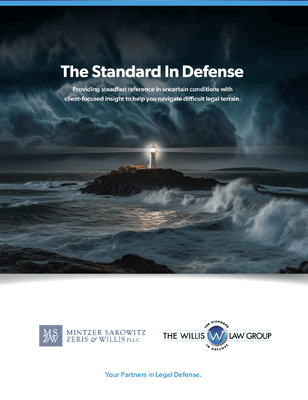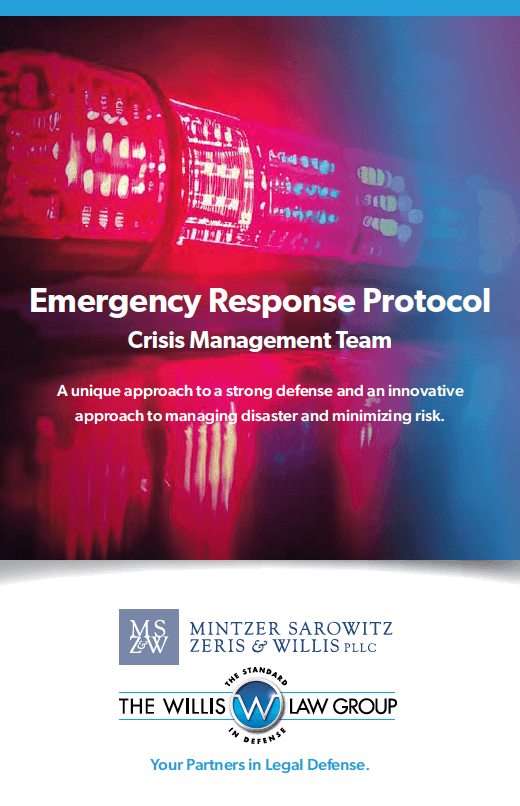Anatomy of Successfully Defending a Restaurant Fire Case – Part II – Damages
Jul 8, 2021 - About the Firm by Defense Counsel
On December 31, 2016, at 10:45pm in the middle of dinner service, a fire originated in an overladen grease tray in a broiler of a high end steakhouse in King of Prussia, Pennsylvania. Responding within days, the insurance carrier bent over backwards for its insured, paying the claim in accordance with the policy and negotiating parts of the loss based upon demands of its insured that exceeded the loss sustained because of the fire. For the last 5 years, the Property Damage Group at Mintzer Sarowitz Zeris Ledva & Meyers, LLP defended the case until the $2 million dollar was resolved at mediation for under $500,000 with less than 25% attributable to our client.
From our initial involvement in the case, we knew this was the perfect case for our two experts addressing property damage and remediation (Dennis Di Millo of DBI) and business income loss (Jack O’Donnell of Friedman, LLP). We retained both experts, sharing costs with co-Defendant and embarking on a campaign of overturning every rock for documents to establish that the damages paid by the insurance carrier were non recoverable in a third-party action. After the final analysis by both experts, we were able to reduce an initial damage claim from approx. $2,000,000.00 to approx. $780,000.00.
The work performed by DBI was increased dramatically by the restaurant renovation that had been planned to begin a week after the fire and which was incorporated into the remediation and repair of the premises. By segregating the non-related items such as considerable electrical work, wiring for a new restaurant lay out, and removing all items that were part of the anticipated renovation, DBI was able to cut into the loss. The next step was to address depreciation, which the insurance carrier failed to account for in its analysis. Providing a letter from the handling adjuster relying upon a real estate appraiser’s depreciation model and imposing that upon a portion of the damages, the insurance carrier put forth a depreciation factor that was almost double the proper analysis. Accepting carrier’s analysis, even knowing it was not scientifically accurate, we were able to further reduce the entire property damage analysis while relying on the other party’s own analysis.
Lastly, DBI considered the damages that would have occurred had the fire been extinguished properly. As the restaurant was responsible for the fire itself, this is an often-forgotten damage analysis that Defendants need to utilize to reduce damages. The resulting benefit to DBI’s work was a reduction in damages from over $900,000.00 to under $390,000.00
Turning to the business income loss, Friedman was able to attack the analysis performed by the insurance carrier’s consultants based upon their 13 revisions of the business income loss during the adjustment of the loss. Interestingly, their methodology in assessing the loss changed after their restaurant’s broker hired its own financial consultant and fighting was initiated over the calculations. With over $1 million dollars in business interruption claims, Friedman was able to attack the voluntary payment to employees for two months of downtime while they sat home until the restaurant re-opened and the cost of funding the insured’s claim management.
We then asked Friedman to utilize the DBI report to determine the downtime that would have occurred from a fire that is properly extinguished and the days of closure that would occur. Lastly, Friedman attacked the business income claim focusing on the net loss, not the amount which the insurance policy allows, and it was able to reduce the business income loss claim to under $400,000.00.
These two experts have worked with us for several years and have the experience and litigation experience to analyze claims, parse out the amounts that are inappropriate, and testify when the time comes to present our case.



